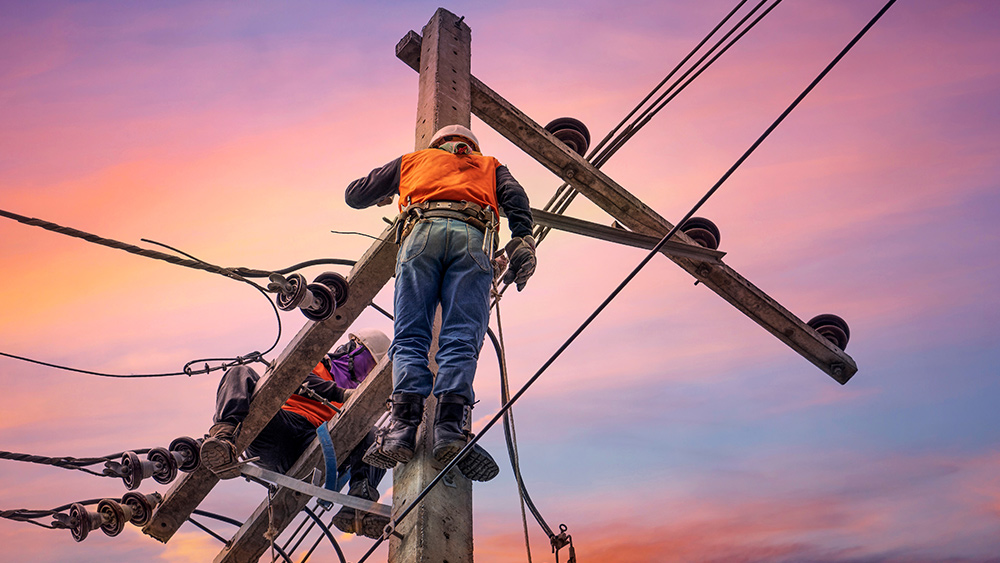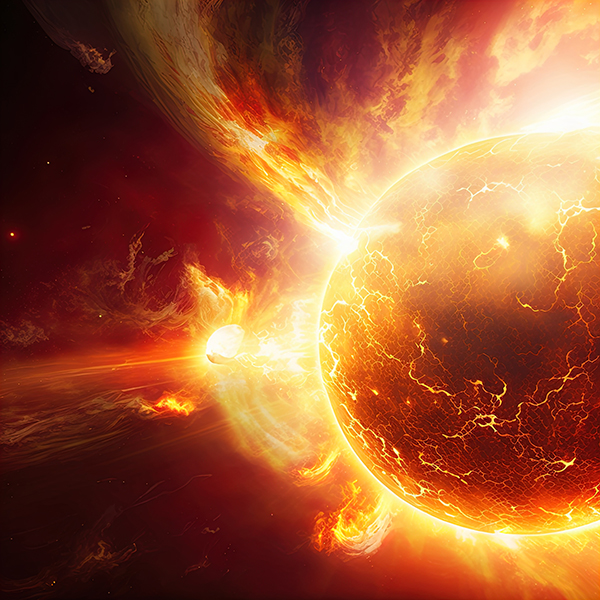 Parler
Parler Gab
Gab
- PJM Interconnection warns of potential power shortages this summer due to extreme heat, retiring fossil fuel plants, and slow renewable energy growth, risking blackouts across 13 states.
- The grid operator admits available power may fall short of demand if temperatures exceed 90 degrees, forcing emergency measures to prevent collapse.
- Spain’s 2025 blackout serves as a warning, yet U.S. policymakers continue shutting down reliable power plants without adequate renewable replacements.
- PJM reports 21% of its generating capacity will retire by 2030, while demand from data centers, EVs, and industry surges beyond current supply.
The green energy mirage
This crisis isn’t happening in a vacuum. Spain’s catastrophic blackout in April 2025—triggered by an overreliance on unreliable wind and solar—should have been a wake-up call. Instead, U.S. policymakers continue dismantling reliable fossil fuel plants while failing to replace them with adequate renewable infrastructure. PJM reports that 21% of its existing generating capacity will retire by 2030, yet new renewable projects are lagging far behind. “PJM continues to voice concerns about the supply and demand imbalance driven by generator retirements and the slow build of new resources in the face of accelerating demand growth,” the grid operator stated. Translation: The lights could go out because ideology has outpaced reality. The numbers don’t lie. PJM’s current capacity stands at 179,200 megawatts, with an additional 7,900 megawatts from demand-response programs. But with data centers, electric vehicles, and industrial reshoring driving demand to unprecedented levels, even that may not be enough. One megawatt powers roughly 800 homes, meaning a shortfall could leave millions in the dark during a heatwave.A failing infrastructure
America’s power grid is a relic of the 20th century, patched together with Band-Aid solutions while politicians chase utopian climate goals. The Biden administration’s aggressive push for net-zero emissions only accelerated the problem, forcing premature closures of coal and gas plants without ensuring replacements are ready. Meanwhile, China, the world’s largest polluter, continues building coal plants at a record pace while supplying the U.S. with solar panels that can’t keep the grid running when the sun isn’t shining. PJM has taken steps to mitigate the crisis, including streamlining its interconnection process for new projects and partnering with Google to use AI for grid planning. But these measures are too little, too late for a system already on the edge. Aftab Khan, PJM’s Executive Vice President of Operations, warned, “This outlook at a record peak heat scenario reflects our years-long and mounting concerns as we plan for enough resources to maintain grid reliability.” The consequences of inaction are severe. Blackouts aren’t just an inconvenience; they’re a national security threat. Hospitals lose power. Water systems fail. Food spoils. And as Spain learned the hard way, once the grid goes down, recovery isn’t quick or easy.A preventable disaster
The U.S. is barreling toward an energy crisis of its own making. Instead of doubling down on failed green energy experiments, policymakers must prioritize grid stability by restoring baseload power from reliable sources like natural gas and nuclear. If they don’t, Americans will pay the price, not just in higher electricity bills, but in sweltering homes, shuttered businesses, and a grid one heatwave away from collapse. Sources for this article include: ZeroHedge.com InsideLines.PJM.com ChicagoBusiness.com Bloomberg.com Newsweek.comThe science of extraction: How alcohol-free green tea tinctures are made
By HRS Editors // Share
New Golden Age? Trump’s Qatar pact drives $1.2T in deals, centering U.S. interests
By Willow Tohi // Share
New Jersey Transit engineers strike halts rail service, stranding 350,000 commuters
By Cassie B. // Share
28 Underrated prepping items that could save your life in an emergency
By Zoey Sky // Share
China’s sodium battery revolution sparks global EV rivalries and resets market rules
By Willow Tohi // Share
Governments continue to obscure COVID-19 vaccine data amid rising concerns over excess deaths
By patricklewis // Share
Tech giant Microsoft backs EXTINCTION with its support of carbon capture programs
By ramontomeydw // Share
Germany to resume arms exports to Israel despite repeated ceasefire violations
By isabelle // Share










